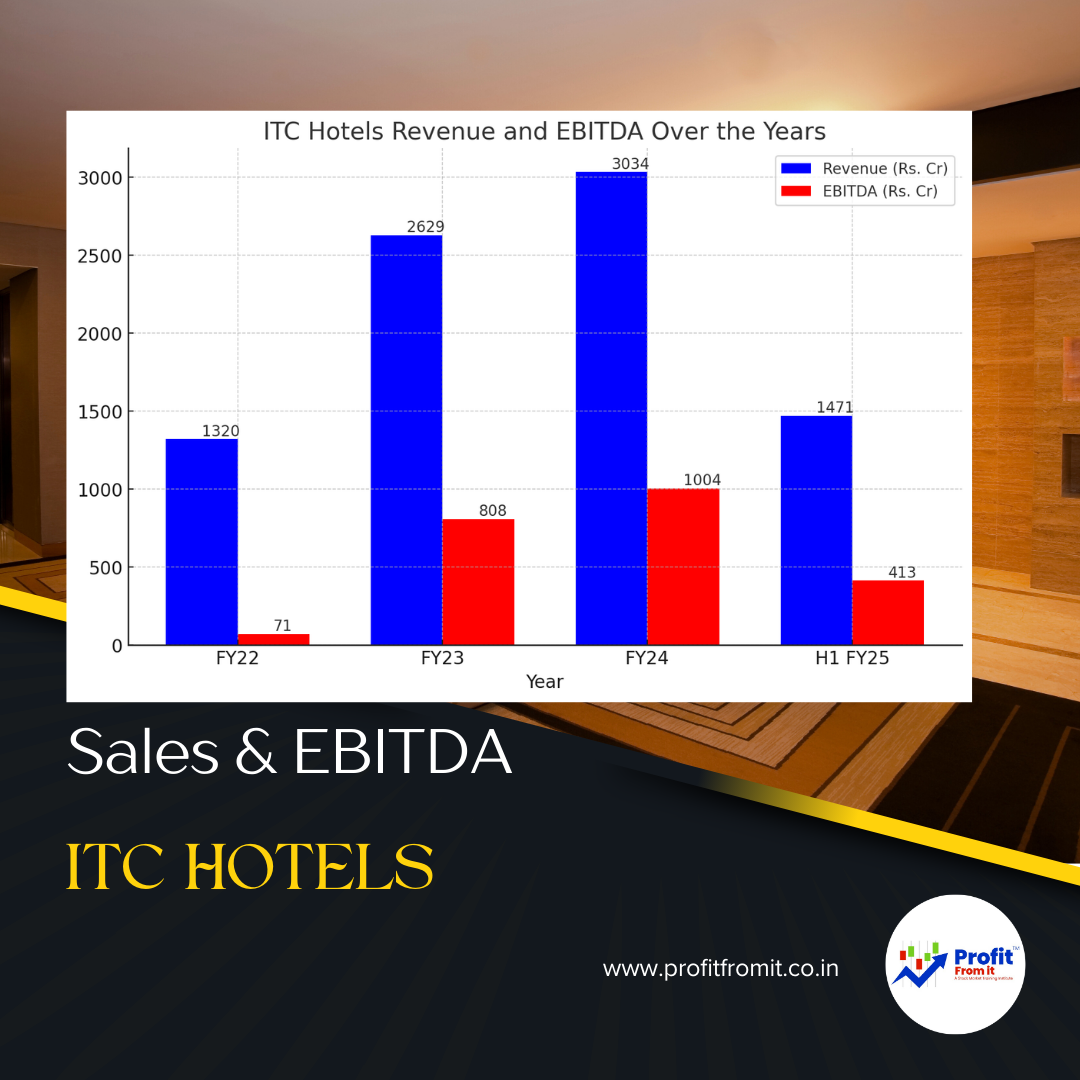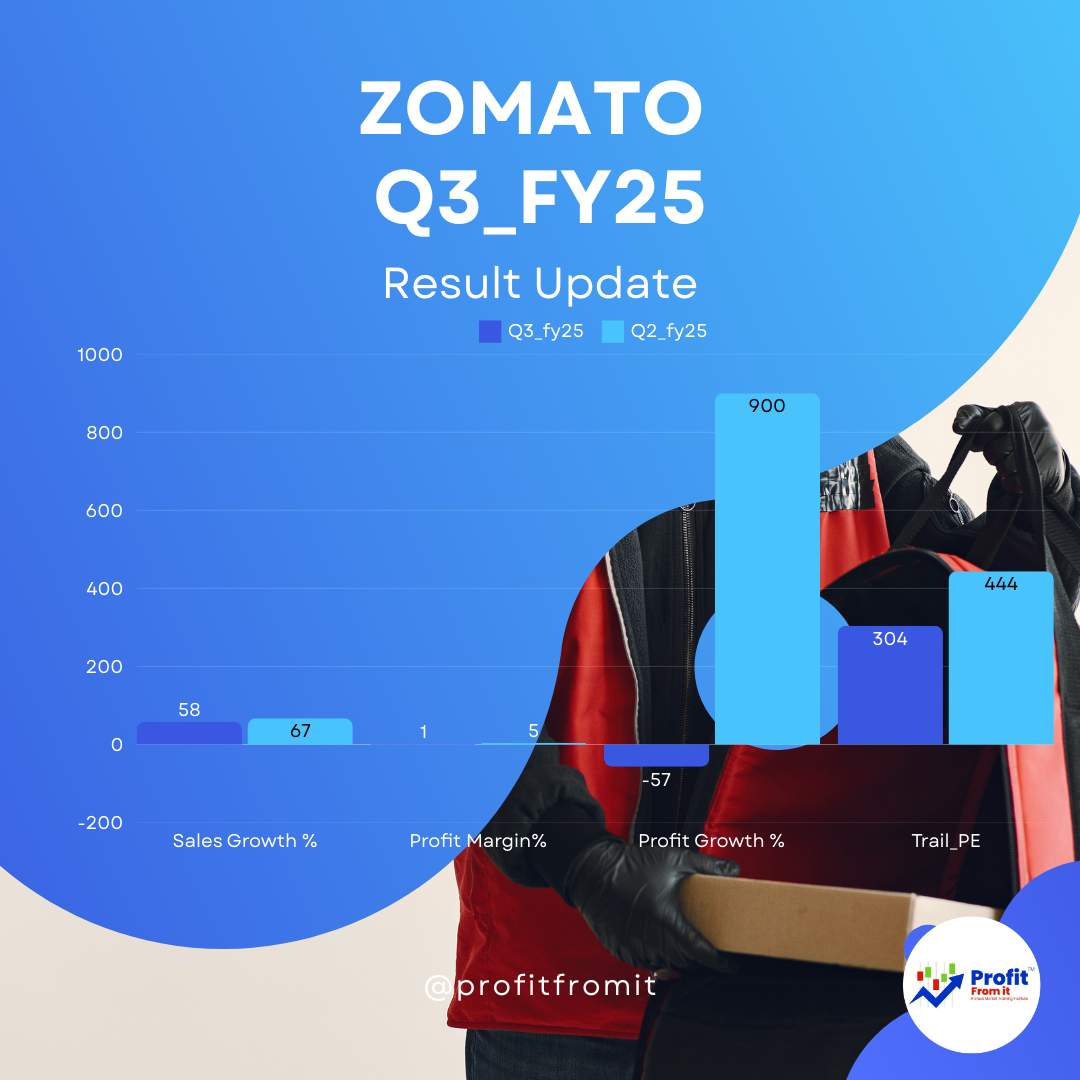.png)
📊 Nifty Intrinsic Value
📈 1. Nominal GDP Growth Analysis
✅ India's nominal GDP has historically shown strong growth, with some slowdowns during economic crises (e.g., 2008, COVID-19). Overall GDP has expand from mere 0.5 Tr USD in fy_2000 to estimated 4.1 TR USD this year which is 8X.
🚀 Future estimates suggest stable economic expansion, supporting long-term equity investments.
📉 2. Nifty EPS Growth
📊 Earnings per share (EPS) has grown over time along with GDP expansion but faced downturns during Economic slowdowns.
🔍 Using the median EPS growth rate ensures a more balanced projection for future earnings.
📌 3. Nifty High & Low Values
📊 Nifty has seen historical cycles of highs & lows, influenced by domestic and global events.
🎯 Fair valuations are more important than short-term fluctuations for investors.
📈 4. Historical PE Trends & Fair PE
🧐 Based on the average of High PE and Low PE, a Fair PE of 21 is a reasonable benchmark.
🔹 This keeps valuations realistic, avoiding over & Under valuation risks of 24 to 16.
🎯 Nifty Fair Value Projections (FY25-FY35) Based on Fair PE of 21
🔵 Projected Nifty Fair Value for FY25: ~ 23627
📊 Long-term fair value growth remains steady, assuming consistent earnings growth.
📊 Nifty Fair Value Estimates (FY25 - FY35) 📈
🟢 Nifty Fair Value in FY_30 could be considered at 47522.
🟢 Investors can use these estimates of High PE (24) and Low PE (16) to Fair PE (21) to identify potential entry & exit points in the market.
💡 Investment Strategy & Takeaways
💰 Long-term investors can accumulate Nifty at or below fair value levels of 21.
📉 Market corrections below fair value could be buying opportunities 🛒.
⚠️ Overvaluation risks arise if Nifty trades significantly above its fair value without corresponding earnings growth.



 for Investors The provided chart outlines key metrics for Nifty 500 companies across different periods (FY22 t.png)





